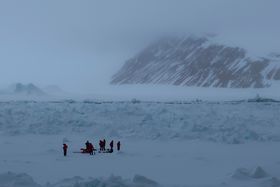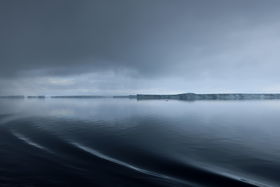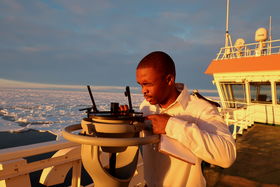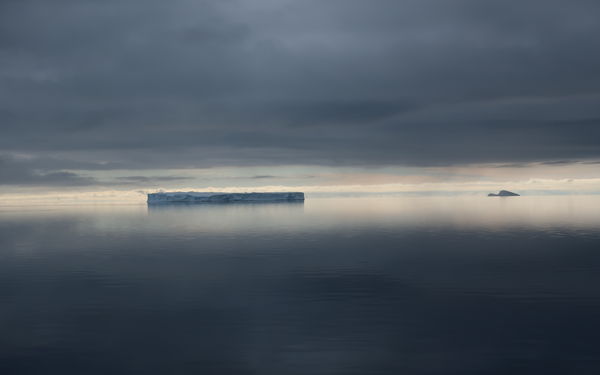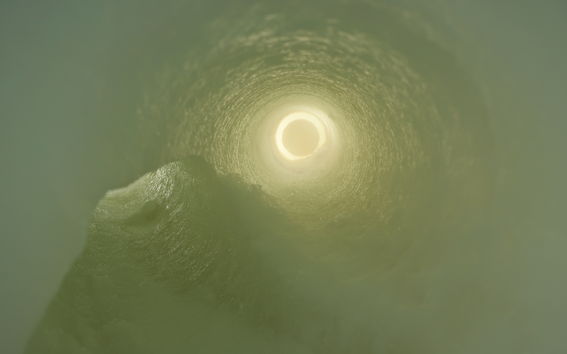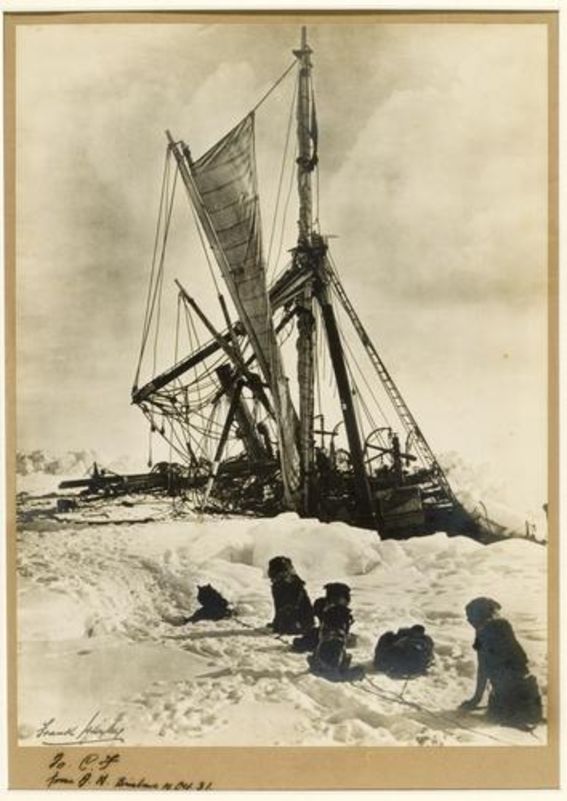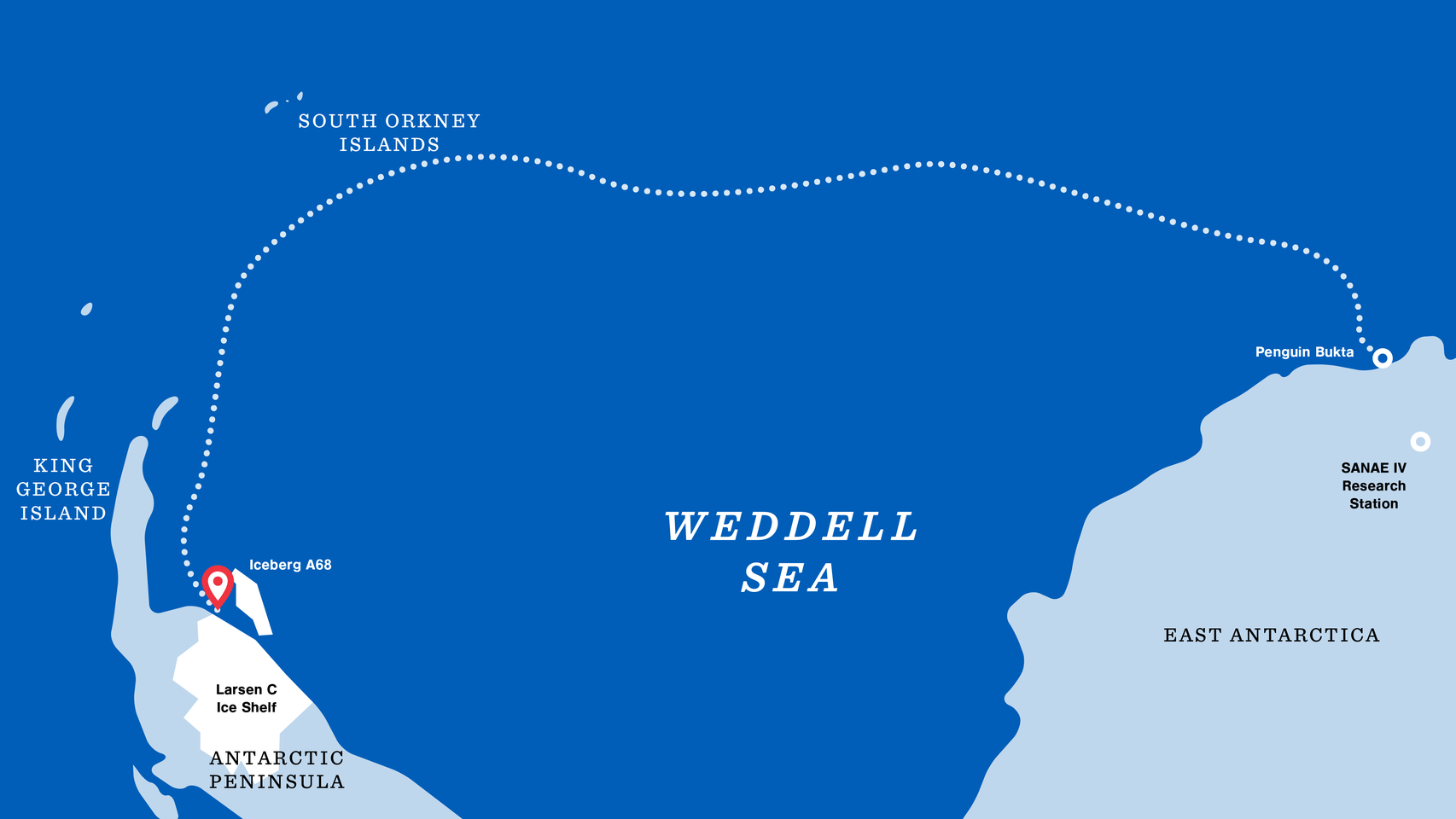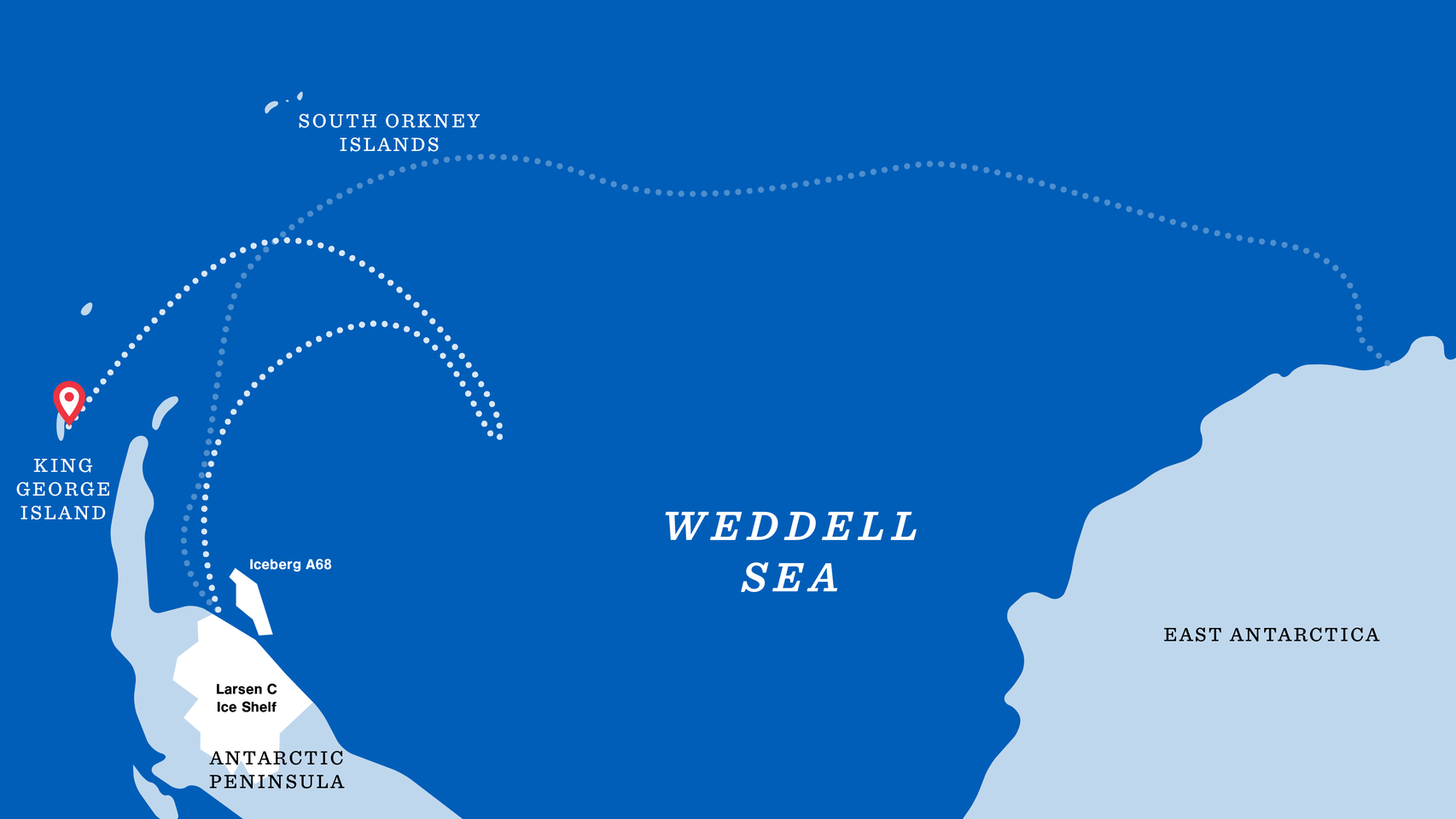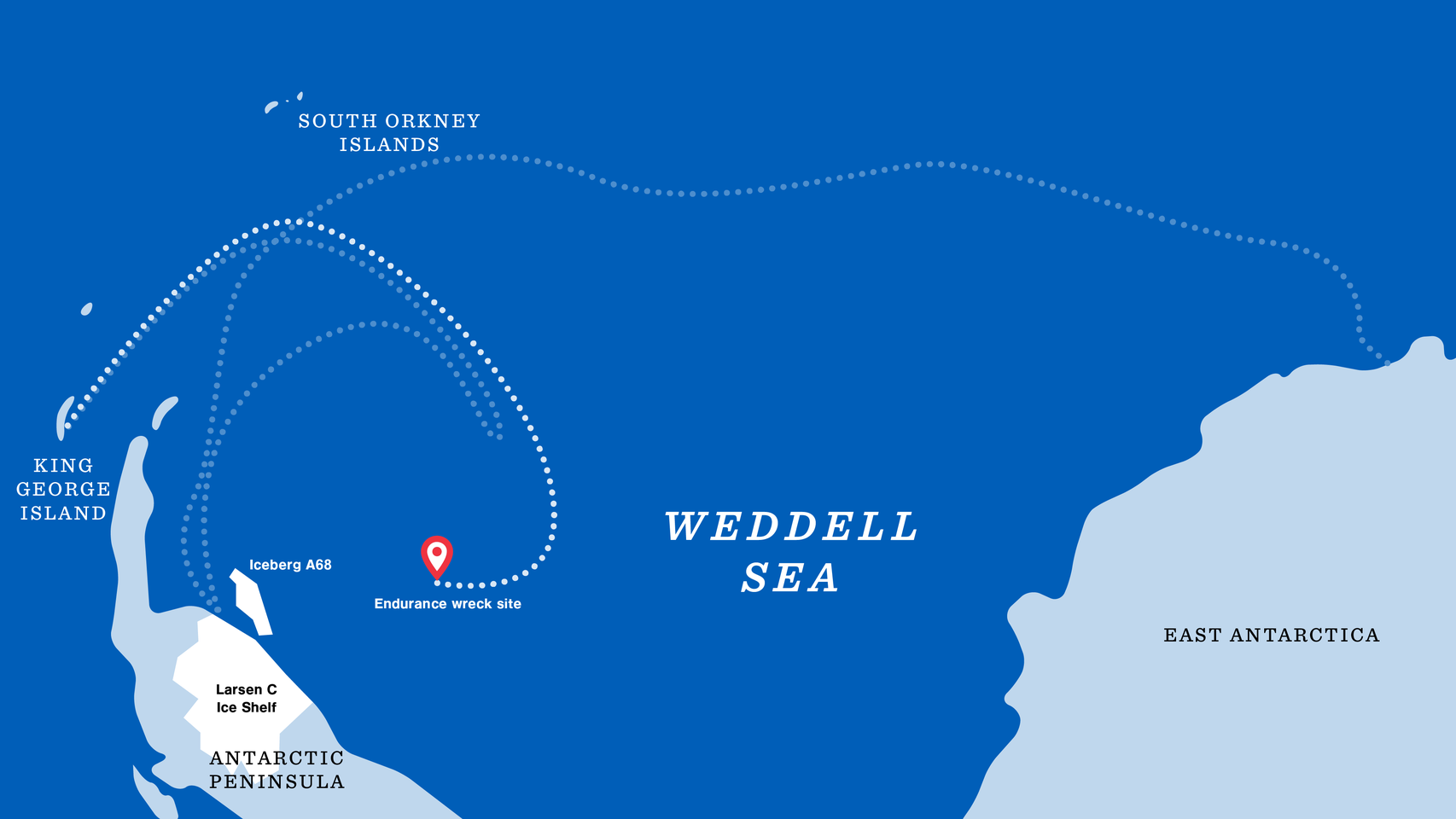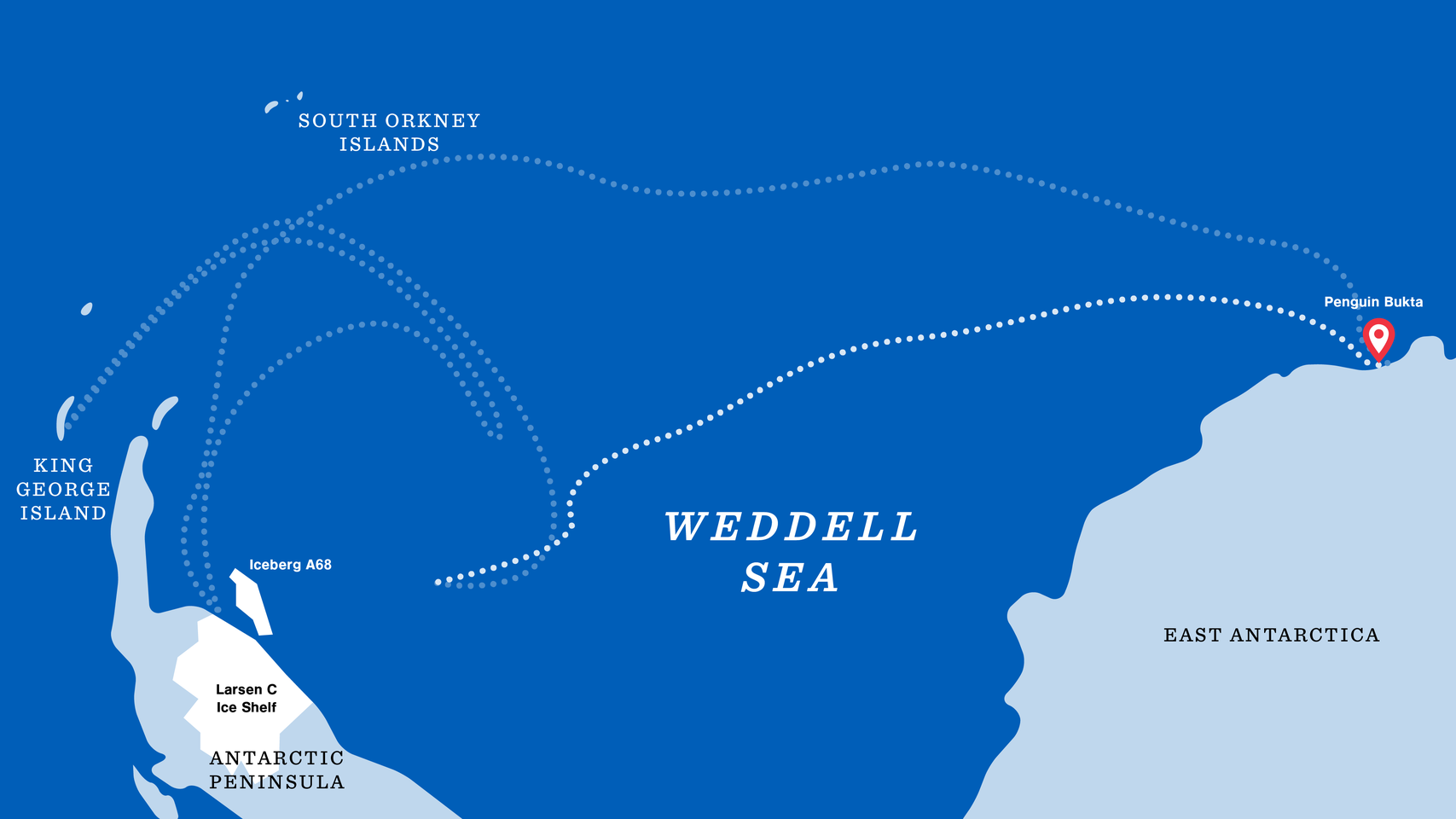Every year, researchers from Aalto University board the S.A. Agulhas II on one of its voyages to resupply South African research stations in the Antarctic. They make the trip in order to collect data with the ship's sensors, which record the physical forces that act on the ship's hull. These trips are made possible by collaboration with Stellenbosch University, which has continued since 2012.
At the end of 2018, Aalto University's latest representative to the Antarctic was Lu Liangliang, a doctoral student with the Marine and Arctic Technology research group. 'This year was special,' Lu says. 'Agulhas II was chartered by the Weddell Sea Expedition, which would take the ship on a longer route than in previous years, allowing us to collect more data from different ice conditions.'
Aalto University's ties to the Antarctic begin at the shipyard where Agulhas II was built. The ship was completed in 2012. Pentti Kujala was part of the team that designed the load-measuring instruments for the ship, usually used for measuring ice loads, as Agulhas II is an ice-breaking ship. Today, Kujala is a Professor of Practice and a vice dean at the Aalto University School of Engineering as well as the supervisor of Lu's doctoral studies.
‘Going to the Antarctic provides us with an annually growing data set that fuels the work of our research group back here in Finland, supporting the research we conduct into ice-going polar vessels, for example. It’s also a great opportunity for one of our younger researchers to experience polar conditions firsthand,’ Kujala says.
In addition to the sensors that measure ice loads, the ship carried three camera systems to help study the thickness and breaking patterns of the ice as well as the general ice conditions the ship encountered. Ice load data could be transferred during the expedition, but visual data from the camera systems – totalling roughly 40 terabytes by the journey's end – had to be transported back to Finland on physical storage disks.








